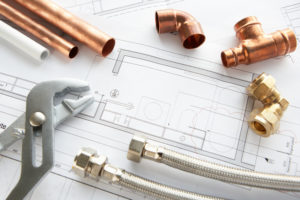 Before you begin to take apart anything under your sink in an attempt to save money by doing your own plumbing, it’s important that you understand the equipment and tools you’re using. By using the correct equipment, you’ll ensure that your installation and repair is up to a professional standard even if you’re not quite a professional yourself.
Before you begin to take apart anything under your sink in an attempt to save money by doing your own plumbing, it’s important that you understand the equipment and tools you’re using. By using the correct equipment, you’ll ensure that your installation and repair is up to a professional standard even if you’re not quite a professional yourself.
One of the most important parts of your plumbing project is the correct fitting of your stainless hose clamps. The fitting of your stainless hose clamps is especially important because if your stainless hose clamps don’t fit, you’ll find yourself in the midst of a plumbing disaster.
There are various hose clamp types and hose clamp sizes, but these clamps in general are limited to moderate pressures such as the pressures in home and automotive applications. Some hose clamps require screw clamps if they have a diameter of one-half of an inch or higher, whereas other clamps may include worm gear clamps as well as spring clamps. If you need longer stainless hose clamps, you can link worm drive hose clamps.
In order to figure out if you have the right size hose clamp, you can measure along the outside diameter of the hose that requires the clamping. After you’ve recorded the diameter measurement, proceed by measuring the inside of the hose as well. The stainless hose clamp that you choose to use should have a range of measurement in order to allow you to adequately cover the outside of the hose.
It’s vitally important that the stainless hose clamp you choose should cover the diameter of the hose completely and that it should fit well. Should the hose clamp not fit correctly, due to incorrect measurements or otherwise, it may allow for the leakage of harmful gas or liquid which could be detrimental to your health.
If done correctly, the hose clamp should provide even pressure within the hose and a tight seal will be created between the hose and barb. No gaps or any additional scratches should be present. Scratches on the seal can cause contamination and may result in damage or leaks.
You can save yourself a lot of money by doing your own plumbing. However, before you begin your project be sure that you have the correct equipment and the correct measurements in order to ensure an efficient installation and guarantee a lasting repair.

